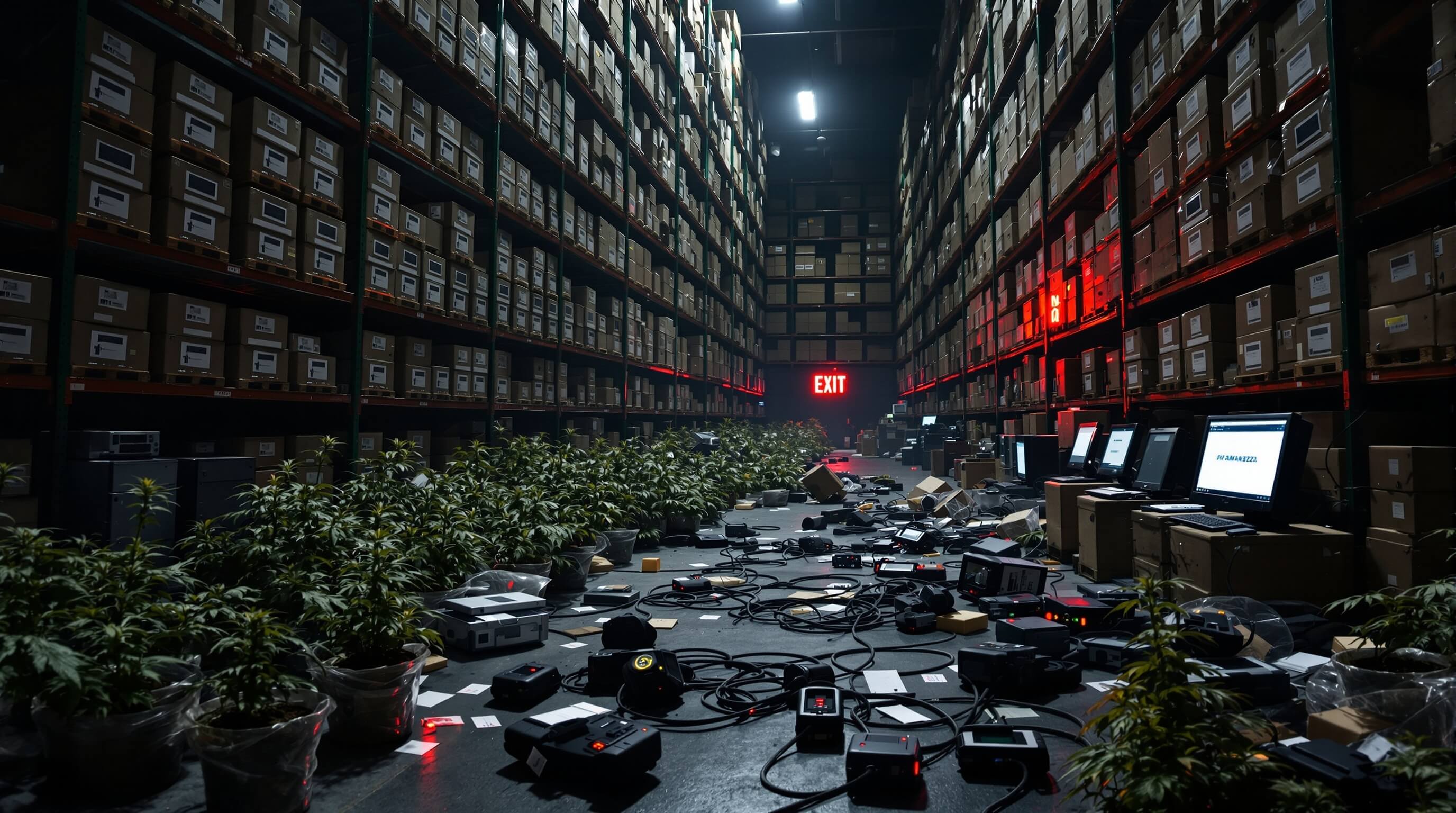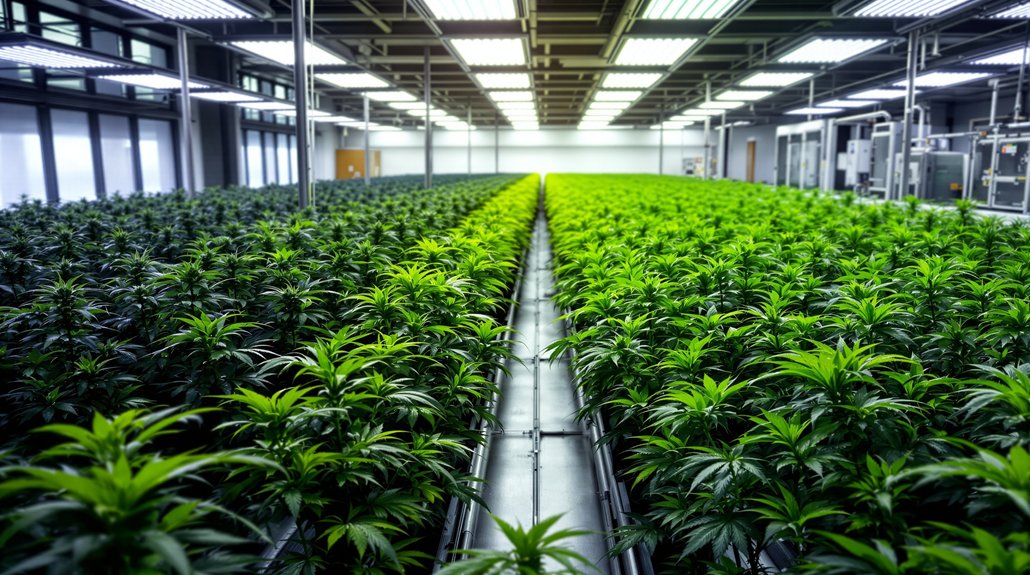Since Canada legalized cannabis nationwide in October 2018, the country has transformed into one of the world’s most sophisticated legal cannabis markets, generating CA$9.1 billion in GDP contributions during the first quarter of 2025 alone. What began as a regulatory experiment has quietly evolved into an economic powerhouse that now rivals traditional industries in scope and influence.
Canada’s cannabis legalization transformed from regulatory experiment into an economic powerhouse rivaling traditional industries in just seven years.
The numbers tell a compelling story of rapid market maturation. Canada’s cannabis production market reached an estimated $13.0 billion CAD in 2025, powered by an impressive 10.6% compound annual growth rate between 2020 and 2025. Legal cannabis market revenue hit US$6.18 billion in 2025, with projections suggesting the market will reach USD 7.19 billion by 2030 more than doubling from 2024 levels.
This growth trajectory reflects fundamental shifts in consumer behavior and market structure. Daily medical cannabis usage surged to 90.3% among users during the pandemic era, while recreational demand continues climbing steadily. Retail cannabis sales jumped 4.7% year-over-year in the first quarter of 2025, demonstrating sustained consumer appetite despite economic headwinds.
The industry’s infrastructure expansion tells an equally impressive tale. Licensed production facilities now encompass 1.45 million square meters of indoor growing space alongside 596 hectares of outdoor cultivation. Production output increased 10.6% from March 2024 to March 2025, reflecting both capacity expansions and operational efficiency gains.
Product diversification has driven much of this success. The market has evolved far beyond dried flower into edibles, beverages, oils, capsules, and wellness-oriented products. These “Cannabis 2.0 and 3.0” categories capture higher margins while appealing to consumers seeking alternatives to traditional consumption methods.
Market consolidation through mergers and acquisitions has created more efficient supply chains and distribution networks. Large operators acquire smaller competitors to achieve scale advantages, while strategic alliances reshape retail landscapes. Both online and brick-and-mortar channels serve consumers, enhancing accessibility across urban and rural markets. The industry is dominated by major players including Canopy Growth Corporation, Tilray Brands, and Aurora Cannabis Inc. Despite this positive trajectory, the industry experienced volatile performance with a negative 1.4% compound annual growth rate between 2019 and 2024.
Perhaps most prominently, the legal framework has effectively competed against illicit operations. Unlicensed production declined 4.5% year-over-year in 2025, demonstrating that regulated markets can capture consumer trust through quality assurance and transparent labeling. Health Canada’s oversight guarantees product safety while maintaining industry legitimacy.
The cannabis sector’s economic impact extends beyond direct sales into tax revenues and regional development. Following Canada’s pioneering legalization as the first G7 nation to permit nationwide commercial cannabis sales, the industry has stimulated growth in adjacent sectors like tourism, transportation, and lodging. Industry consolidation continues creating employment opportunities while supporting both business-to-business and consumer markets.
What started as regulatory reform has become a legitimate economic driver that quietly surpassed many established industries in contribution and growth potential.










